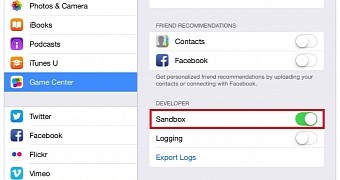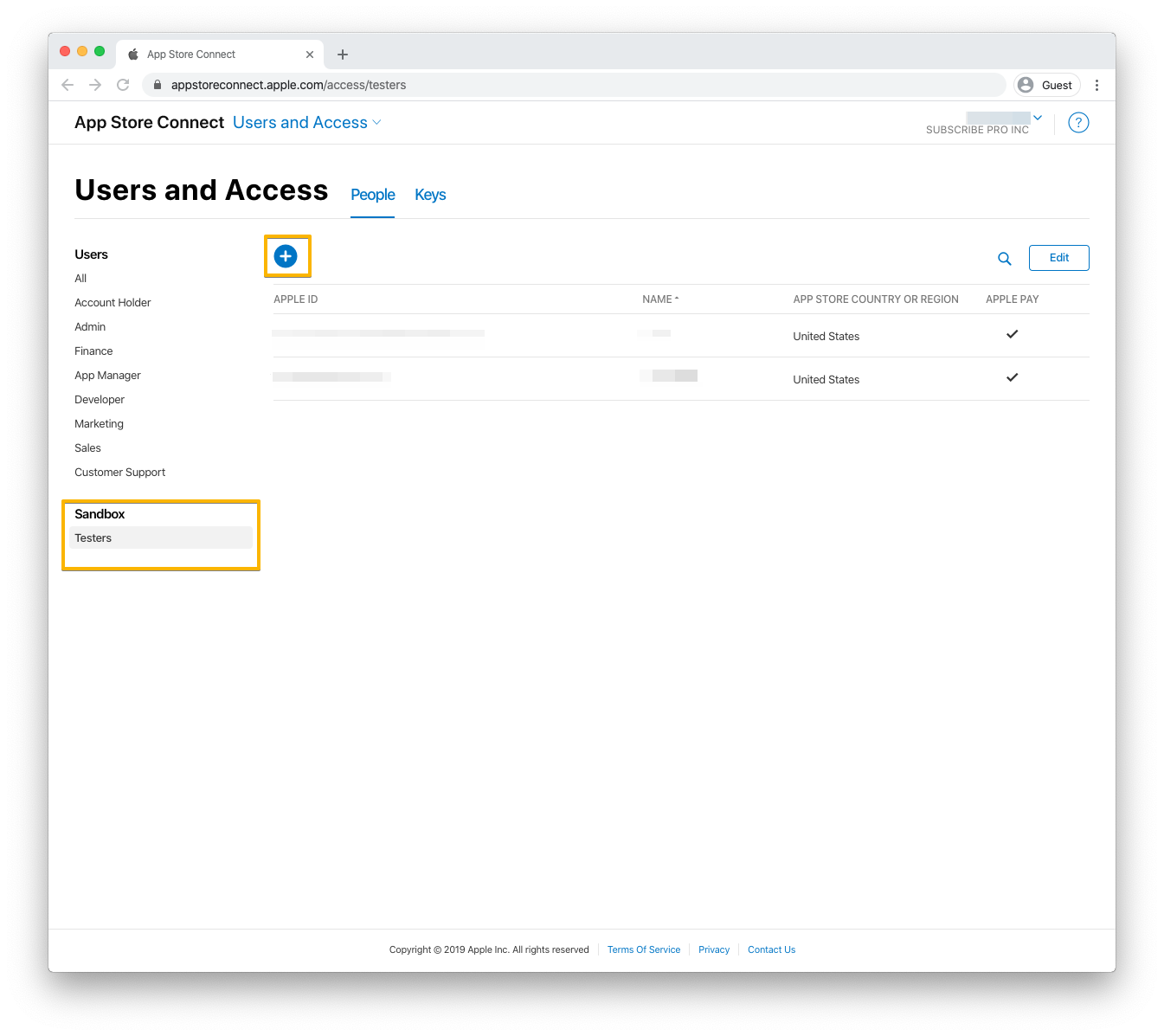

Providers may allow you to implement Apple Pay only via their frontend SDK. There’s one little thing about this statement. Handling credit and debit card payments can be complicated and unless you already have the expertise and systems in place, an Apple Pay SDK or JS API from a payment provider is the quickest and most reliable way to support Apple Pay in your app or website. The alternative is to provide your own server-side solution to receive payments from your app or website, decrypt payment tokens and interface with the payment provider to process the authorization. Using an SDK or JS API from a payment provider that supports Apple Pay is highly recommended. It may override some steps defined by Apple. Always refer to provider’s documentation first. You can check the list provided by Apple.

Some of them don’t even support Apple Pay (the most popular do though). Providers have their own limitations, APIs and frontend components. Payment Request API is a good investment in the future as fast-checkout systems are getting more and more support on a variety of platforms Once this API is integrated, new payment methods (like Google Pay, Microsoft Pay etc.) can be added fairly easily. Supported in iOS 11.3 and later, and Safari 11.1 on macOS 10.12 and later.

Basically the ability to show a sign PAY $instead of just PAY on the payment sheet.Īpple Pay JS is about better Apple Pay UX and wider OS version range Integration for store cards and co-branded debit/credit cards.Customizable error messages and field indications Ability to retry payment after an error while authorization. Supported in iOS 10 and later, and macOS 10.12 and later. An API provided by Apple in Safari browser. There are two APIs you can use to implement Apple Pay. But the selection of frontend APIs depends on the payment provider. Some features you might like to have will depend on the chosen frontend API. The way you’re going to implement Apple Pay will heavily depend on the choice. Look at the scheme below:īefore you start working on Apple Pay there are two things that have to be chosen: This means you still need to process payments in a similar way to any other online payment. It’s a medium between the user’s data and your website. Just to clear things up: Apple Pay is not a payment provider. Also there are plenty of articles around the web. If you’re wondering about benefits of Apple Pay you can start with the official page. The article may also help you to make a proper estimation and to communicate with your boss or client why you do need such an amount of time for just one button. There’s no end-to-end guide on how to implement it as there’s no such thing as a single right way to do this.

Ok, so you want to implement Apple Pay on your website? This article will uncover some pitfalls, tech-details, and gotchas of the implementation.


 0 kommentar(er)
0 kommentar(er)
